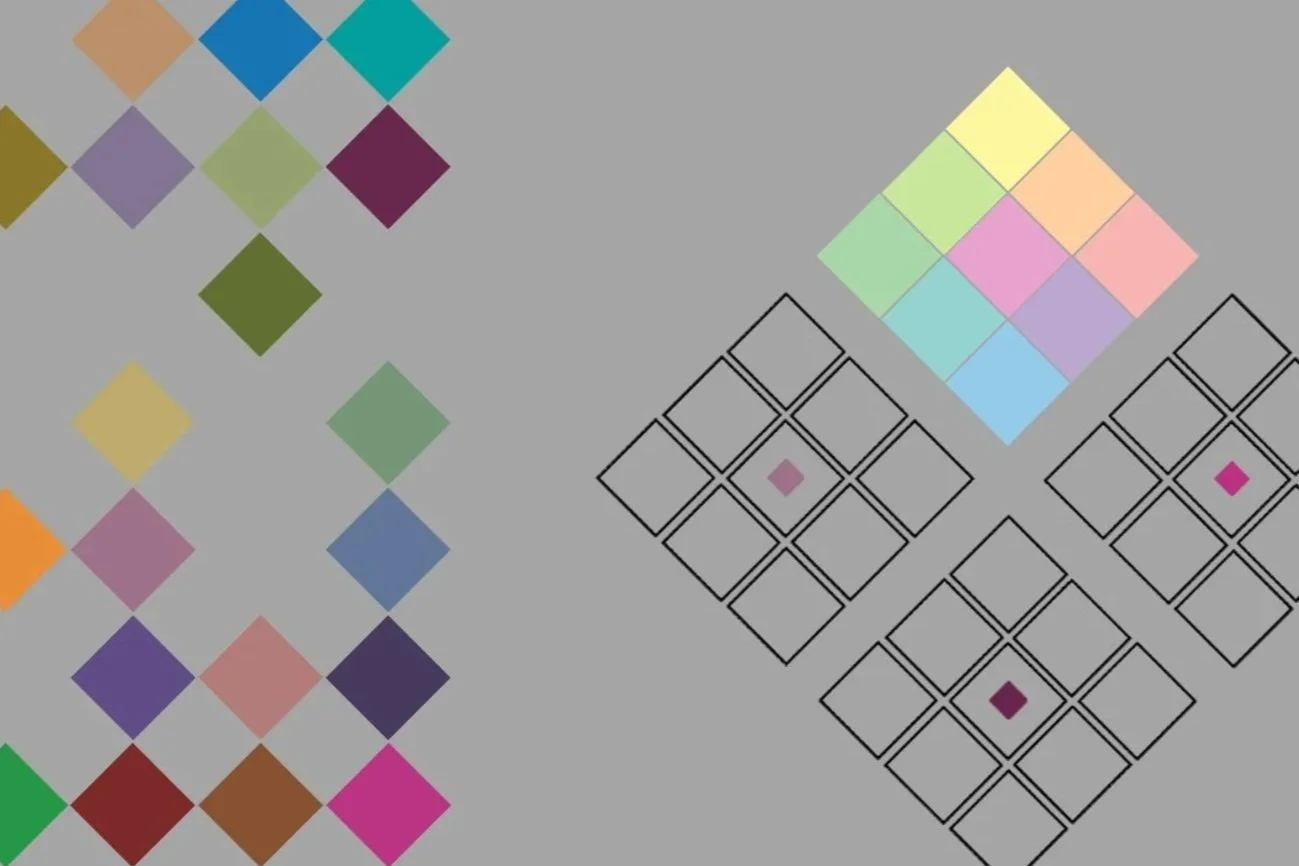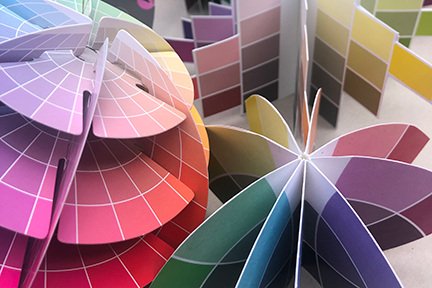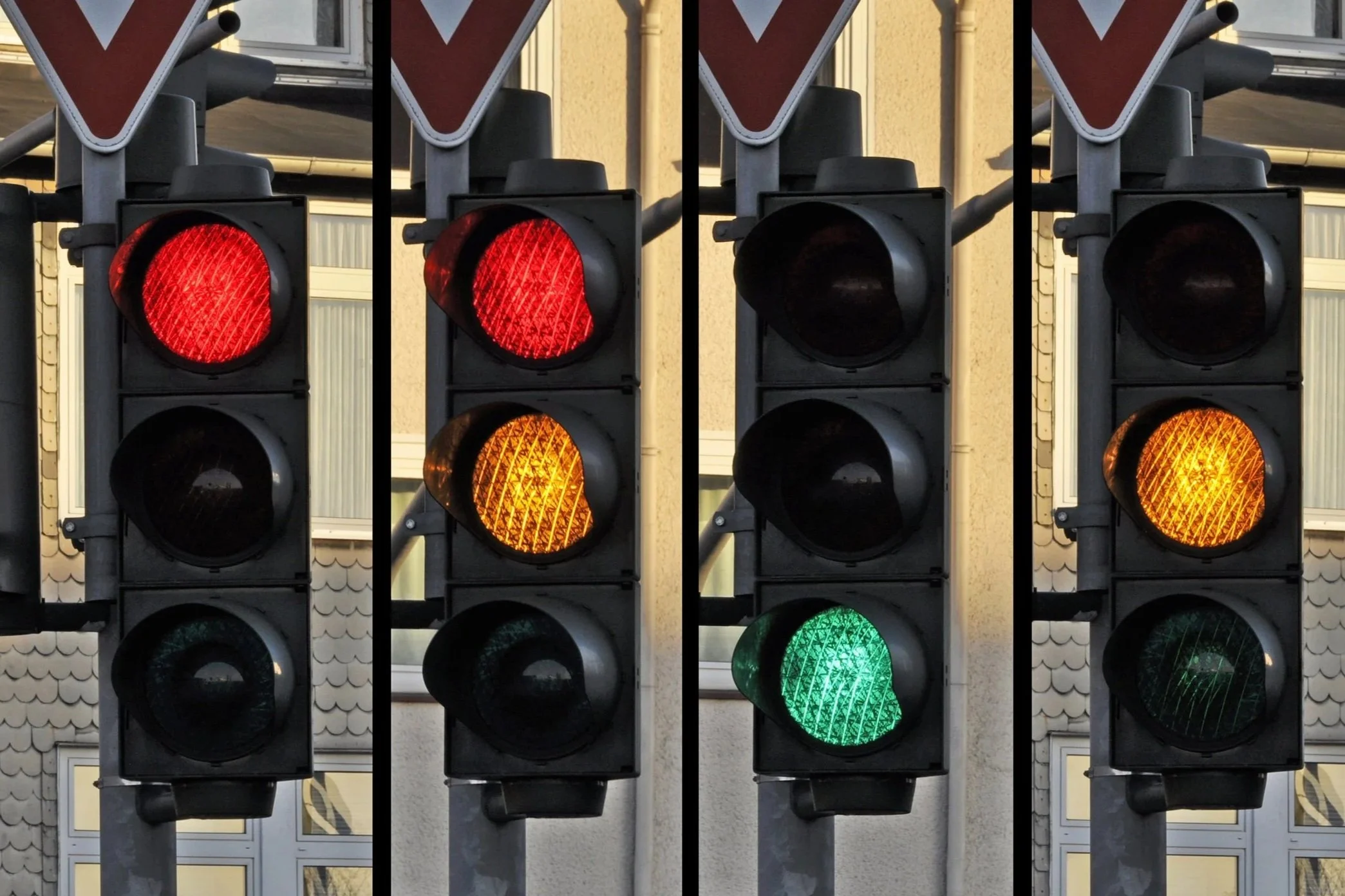Colour fundamentals
The Colour Literacy Project aims to re-frame colour education to align with 21st century challenges and opportunities. From this updated perspective, we start with seeing, noticing and describing all the variations of colours around us. As we build our visual vocabulary, and become attuned to all the colours that surround us, we create a strong foundation for our colour journey.
Our Colour Fundamentals pages introduce key ideas about the important role of colour in our lives and how we see, describe and work with colours.
Click on the images to learn more:
Common colour misconceptions
Our knowledge about colour is constantly evolving. Due to a lack of awareness of current colour research, or an oversimplified view of colour, several common misconceptions about colour have not yet been updated - for example, the dominant idea that red, yellow and blue are ‘the primary colours’, or that there are ‘only’ seven colours in the rainbow.

























